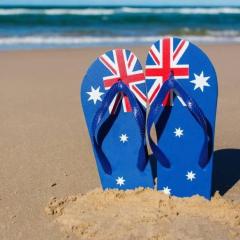-
Welcome to the eG Forums, a service of the eGullet Society for Culinary Arts & Letters. The Society is a 501(c)3 not-for-profit organization dedicated to the advancement of the culinary arts. These advertising-free forums are provided free of charge through donations from Society members. Anyone may read the forums, but to post you must create a free account.
Guide Michelin comes to NY
-
Similar Content
-
- 1 reply
- 257 views
-
- 315 replies
- 163,377 views
-
- 11 replies
- 553 views
-
- 7 replies
- 2,230 views
-
- 1 reply
- 465 views
-
-
Recently Browsing 0 members
- No registered users viewing this page.




-min.thumb.jpg.a685f53b6b0a78b3cb311941d29303df.jpg)

Recommended Posts